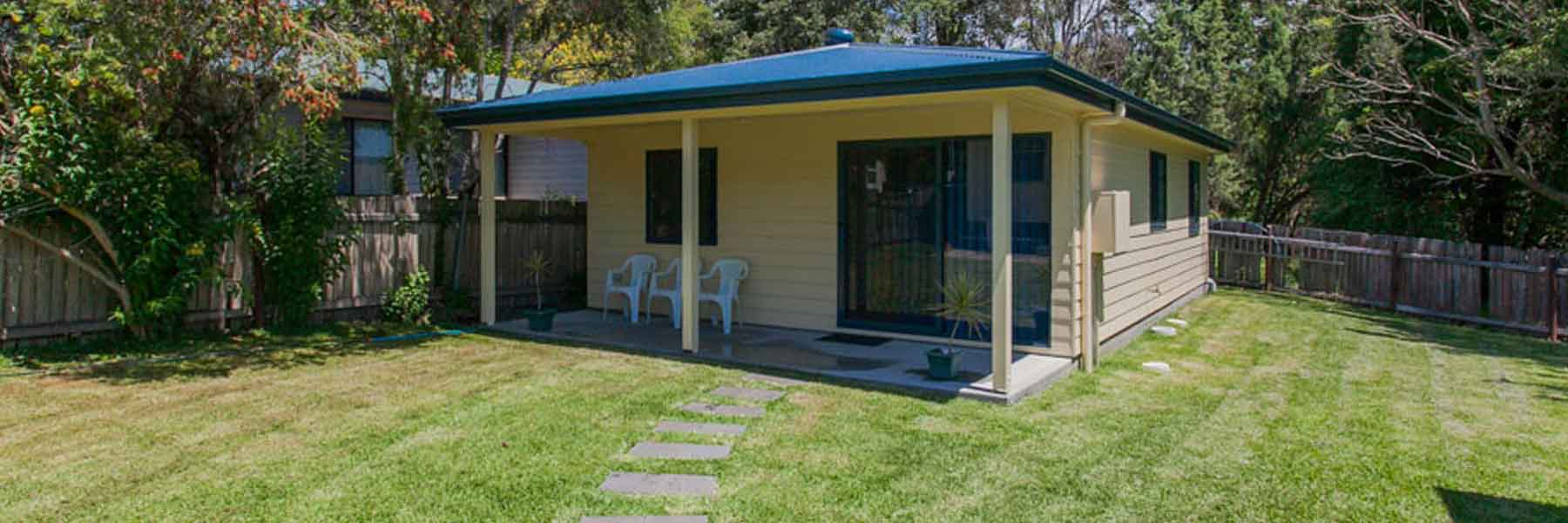Home > Home Loans > Home Loan Top Up
Home Loan Top Up
Need some extra finance or to get your debts under control? Find out what a home loan top up is in Savvy's guide.
Author
Savvy Editorial TeamFact checked
Are you thinking of renovating your home or do you have multiple debts? And do you have a home loan? If you answered ‘yes’ to both those questions, a home loan top up could be exactly what you need.
What is a home loan top up?
It’s a type of finance that allows you to borrow money against the equity (ownership) you’ve built up in your property.
There are two major ways that your equity increases over time. The first is by you making your regular home loan repayments. The second is by your home increasing in value over time. Australian property prices tend to increase in value over time, especially those in good locations.
A home loan top up can be a smart move because home loan interest rates are lower than other finance sources. For example, interest rates on credit cards and unsecured personal loans are much higher than home loan rates.
What can you use a home loan top up for?
Common uses include the following.
- Home renovations or extensions
Over time (and as your family grows), you may find that you need to change or extend your home. If you do it well, this can also increase your home’s value.
- Debt consolidation
If you have multiple debts besides your home loan, you can consolidate them into your home loan. For example, (credit card and personal loan balances). Doing this means your single home loan repayment will conveniently cover all your debts.
- Deposits on investment properties
Many Australians use the equity that they build up in their home over time as deposits on investment properties. This can be a great way to build your wealth. A good investment property increases in value over time. It will also generate tenant income and allow you to take advantage of tax deductions.
- Buying other assets
It can allow you to buy other assets like a car.
- Purchasing a luxury item or going on a holiday
You can also use it to buy a luxury item or to go on a holiday. However, it’s important to remember that you’ll be paying interest if you do.
How much can you get with a home loan top up?
That depends on the policy of your lender and your individual financial circumstances.
Firstly, the policies of different lenders vary. However, usually they will be prepared to approve a top up of up to 80% of your home’s current value. Your lender will get your home independently valued as part of assessing your application.
Secondly, you’ll need to demonstrate to your lender that you can afford your extra repayments if you borrow more. You can use our home loan top up calculator to work out what your repayments would be.
You can also use our borrowing power calculator to work out the maximum amount you may be able to borrow.
It will also be important that you have a good credit history. In other words, that you’ve made all your home loan (and any other debt or credit repayments) on time.
How does a home loan top up work?
This can be best explained by using an example.
Let’s say our house cost $750,000 when you bought it 5 years ago. You took out a $650,000 loan over 30 years. You’ve paid off another $100,000 over the 5 years. Your current loan balance is $550,000 and your house is now worth $900,000.
Your lender may be prepared to lend up to 80% of your home’s current value (which would be $720,000). This means you can potentially borrow up to $170,000 ($720,000 less your $550,000 home loan balance).
Of course, your repayments would also increase. How much they would increase by depends on whether or not you increase your loan term as well.
How to get a home loan top up
Assess your current financial situation
This includes your current level of debt and how much you can afford to repay if you increase your home loan. If you have multiple debts, you should consider consolidating them into your top up home loan.
Assessing your financial situation also includes working out how much equity you have in your home. You can get a rough idea of what your property may currently be worth by checking online. Look for recent sales of similar properties to yours in your area. Then look at your latest home loan statement to see how much you owe. The difference between the two amounts is your level of equity.
Be aware that your lender may be conservative in their valuation of your home, so you should be too.
Consider any fees and lending criteria
Before you apply for a top up mortgage, there are fees and application criteria to consider. Your lender will want an up-to-date valuation on your home to assess your level of equity. You may have to pay for this valuation.
You may also need to pay legal fees and/or extra lender’s mortgage insurance (if applicable.)
If you’re unsure about a top up mortgage, it’s best to seek advice from a financial professional before you make a decision.
Be prepared to demonstrate your extra repayment capabilities
The major concern of your lender will be your ability to make your home loan top up repayments. You need to demonstrate that you can by preparing a realistic budget of your income and expenses. Aim to reduce or eliminate as many non-essential expenses as you can.
The pros and cons of top up loans
PROS
Home loans are a comparatively cheap source of finance.
It can allow you to consolidate your debts, reducing your overall interest bill and making your finances easier to manage.
You can avoid the hassle of applying to different lenders or for different finance products.
It may be quick and easy for you to qualify for a home loan top up.
You can use the funds for a wide variety of purposes.
CONS
It increases your debt level and your repayments.
You may have to pay an establishment fee for the top up.
If you don’t invest the top up funds wisely, your wealth decreases.
You need to have a significant amount of equity in your home to be eligible.
If you use your home loan top up to turn short-term debt into long-term debt, you’ll pay much more interest.
It reduces your future borrowing power.
You need an existing home loan to be eligible. If you don’t, you’ll need to apply for a standard home loan.
What else you need to know about home loan top ups
There is a technical difference, but the terms are used interchangeably. A mortgage top up is the same as a home loan top up.
If you have a home loan in Australia you have a mortgage. That means the home loan is secured against the value of your home. The lender can repossess and sell your home if you don’t make your repayments.
This is a ratio that a lender will calculate when assessing your home loan top up application. It’s the value of your home loan expressed as a percentage of your home’s value. For example, if you owe $360,000 on your home and it’s worth $600,000, your LVR is 60%. You have 40% equity.
The lower this value, the more equity you have in your home (and vice versa).
A top up loan is done with your existing lender because you are increasing your current loan. Refinancing with the same lender can achieve exactly the same result.
However, with refinancing you can also consider taking out a completely new loan with a different lender. Whether or not you should do that depends on the costs versus the benefits.
Yes it’s possible, but it’s not ideal. Personal loan interest rates are higher than home loan rates. You’ll also have to qualify for the two separate loans and make repayments on both.
If you’re a first home buyer, you may be eligible for the First Home Owner Grant. This can help you with your home loan deposit.
This depends on the policy of your lender.
Again, this depends on the policy of your lender.









